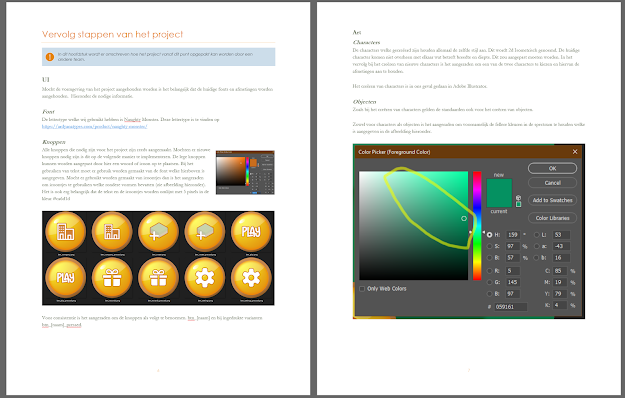Wrap up

This week is the last week of the industry project for game design and technology. We need to deliver the project and present it to the stake holders. We will not work to much on the project anymore but we focused on developing the project with the right documentation so our stake holders could eventually develop this game by their own. And we also worked on preparing the presentation. How can I create an document which allows feature developers to continue our project? I started with looking up what is important in such an document. I came across a couple of documents from the most basic ones to the extreme detailed documents. The advice rapport can be as detailed as one is willing to spend time on it. It also depends on the scope of the project. The bigger the project the more things need to be explained. I firstly created a document and then filled in the chapters about the graphical parts of the project. Because these were the main focus for me this last ...





